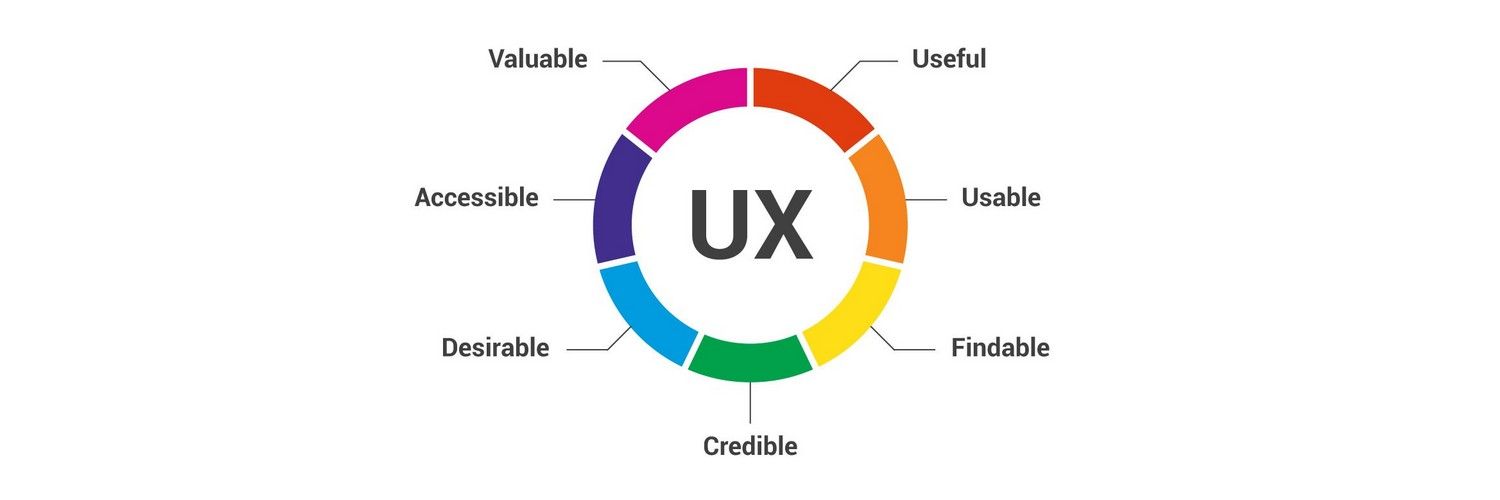 Understanding Google Navboost and How it Enhances User Trust in UX
Understanding Google Navboost and How it Enhances User Trust in UX
Google has always been committed to providing the best search results to its users. To achieve this, they have developed advanced algorithms that prioritize user satisfaction as a measure of a website’s quality and relevance. One of the key components of this effort is NavBoost, a system that analyzes user behavior, particularly click patterns, to refine search rankings and significantly impact SEO strategies.
NavBoost has been in development since 2005, but it was only revealed during Google’s antitrust trial. However, it wasn’t until the Google Content Warehouse API leak in May that SEO professionals gained a better understanding of NavBoost’s role. By analyzing how users interact with search results, NavBoost can determine which pages are most relevant and valuable. This allows NavBoost to boost, demote, or reinforce the positions of webpages based on user engagement.
NavBoost relies on click metrics to measure user satisfaction with search results. Some of the most influential metrics include “good clicks,” which indicate user satisfaction, and “bad clicks,” which suggest dissatisfaction. The “last longest click” metric measures the webpage where users spend the most time within a search session, indicating high content quality and user satisfaction.
These metrics have a strong correlation with user satisfaction, which directly supports Google’s E-A-T framework (expertise, authoritativeness, and trustworthiness). By prioritizing websites that deliver exceptional user experiences, NavBoost indirectly promotes trustworthiness. When users find information easily and accurately, they perceive the website as credible and are more likely to spend more time on the site.
It’s important to note that NavBoost is just one component of Google’s evaluation process. While it emphasizes user experience, other factors like expertise and content comprehensiveness are also vital. Taking a holistic approach is essential for long-term search success.
To optimize for user engagement and improve NavBoost performance, there are several actionable UX tactics to consider. Firstly, having a clear website architecture with intuitive menus and effective use of breadcrumbs can greatly enhance the user experience. Mobile-first optimization is also crucial, as the majority of users access the internet through mobile devices. Responsive design, touchscreen optimization, simplified navigation, and fast load times are all important considerations for mobile optimization.
Page speed is another important factor in creating a positive user experience. Slow loading times frustrate users and lead to increased bounce rates. Optimizing images, streamlining code, leveraging browser caching, and using a Content Delivery Network (CDN) can all contribute to faster load times.
Visual design and interactive elements play a significant role in engaging users. Incorporating high-quality images, videos, and interactive components can capture user attention and encourage exploration, leading to longer sessions and more page views. Strategic internal linking is also important for guiding users to relevant content within your website and helping search engines discover and index your pages.
Lastly, high-quality, informative, and engaging content is fundamental to a positive user experience. Creating content that addresses user needs and provides value is more likely to keep users engaged, leading to longer sessions and increased page views.
Overall, putting the user at the center of your strategy is essential for SEO success. Google aims to provide the best, most relevant results to its searchers, and user satisfaction is a critical component of NavBoost’s inner workings. While NavBoost considers a 13-month data period, it’s never too late to start making improvements to align with NavBoost and improve search rankings. Every positive change implemented today will begin to influence user behavior and contribute to long-term success.
